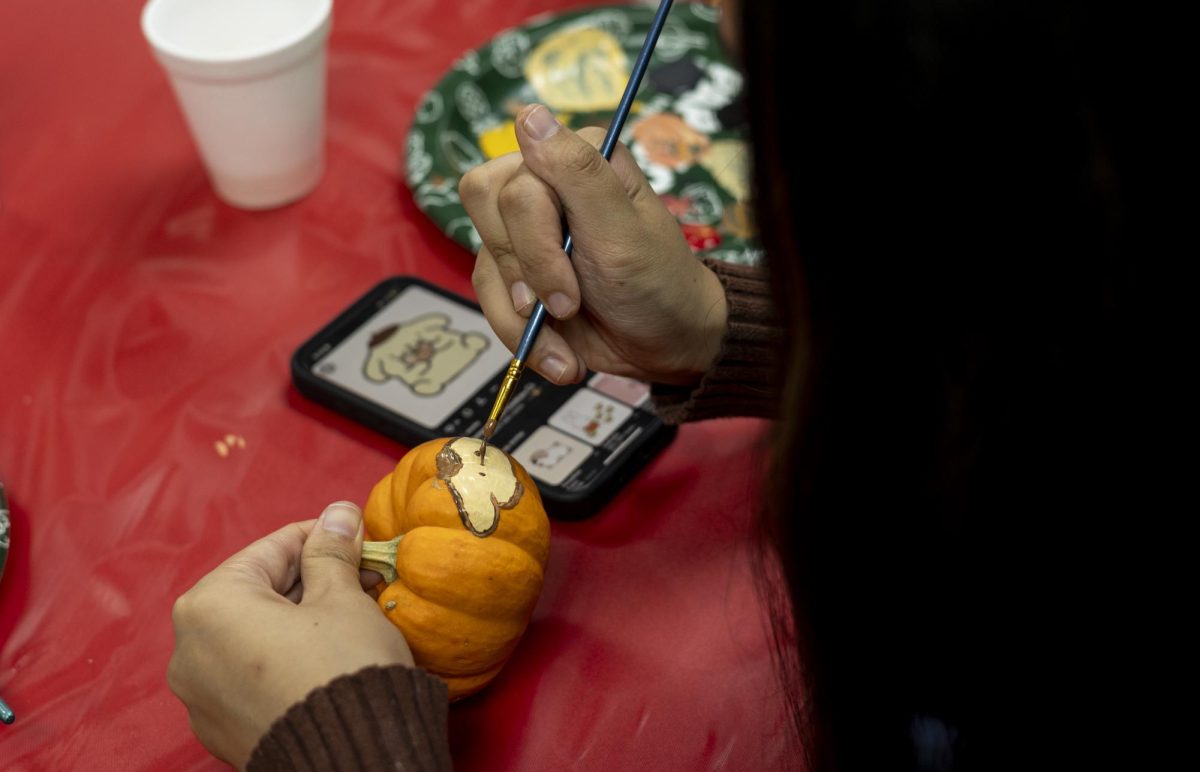Taiji classes offered at Preston Center
February 6, 2003
When it comes to health care, Americans center their well-being around pills, powders and liquids, but the Chinese have a different remedy: Taiji.
Taiji (tie-chee) concentrates on the focus of circulating the body’s Qi (chee) energy, sometimes called the life force or vital energy. Taiji can be used for medical purposes, and it is also a style of martial arts.
This winter, theatre and dance department head Scott Stroot is teaching this art form at the Preston Center.
Stroot said he teaches Taiji because it gives him the opportunity to keep up with his own training and to spread what he considers a useful and healthy practice.
Stroot said that Taiji is a form of Gigong, which is a meditative method of manipulating and moving Qi around in the body to make a person healthy.
“All of the postures and the movements in Taiji are based on the Qi flow, but they also are blocks and kicks and strikes and punches and take downs,” Stroot said.
Taiji is also designed to increase your muscle balance, coordination and flexibility and reinforce the relationship between the body’s movement to the deeper, internal process of breath and circulation.
Stroot said that learning Taiji takes as long as a person wants to learn it and practice it. They can spend a lifetime trying to perfect every stance and every move within the Taiji program.
Students taking the eight-week program had various reasons for starting Taiji.
Cathy Palmer of Bowling Green said she took Taiji because she wanted to get off of the couch and be fit and become a little more flexible. She thought the class was interesting so far.
“I did enjoy it and enjoyed the way he teaches. You don’t feel threatened,” Palmer said. “I felt very good about the fact that everybody can move at their own level.”
Palmer said she has also taken yoga and enjoys taiji more because of the constant movement.
The Taiji program begins with a series of warm-up stretch exercises that are performed to ensure that there will be no pain once the students practice the actual Taiji exercises.
After the warm-up exercises have stretched the body and prepared it for Taiji, the students center their bodies in position.
Once the basic body alignment has been established, the students can practice the Taiji stances and hand forms such as the Horse Stance, the Tile Hand and the Sitting on Cross Legs Stance.
During the class, Stroot will teach some of the more than 60 Taiji stances.
BEGITAL Reach Devinn Winkleman at [email protected].














